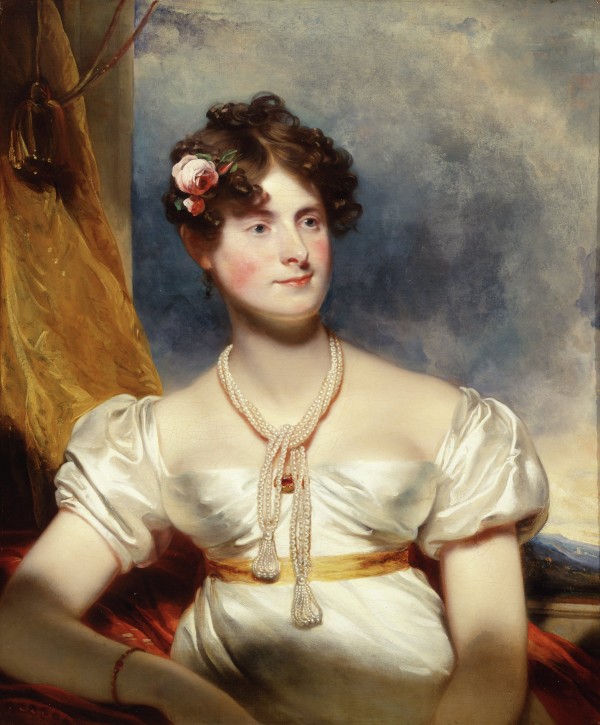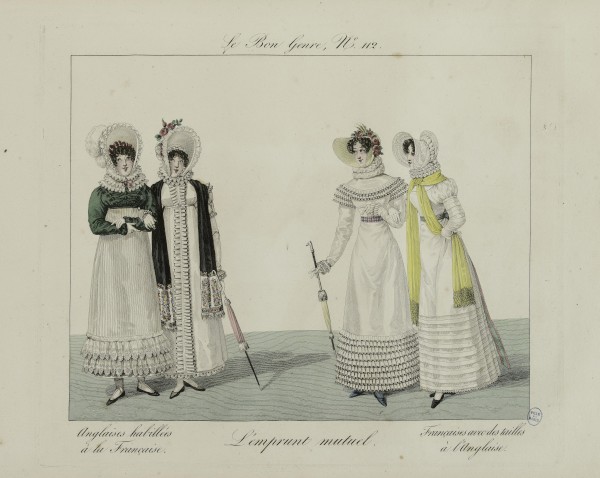From Publisher's Weekly:
ShareDress in the Age of Jane Austen has been a long time coming. It started out as a chance comment in 2013 from Professor Aileen Ribeiro, author of foundational books on dress history such as The Art of Dress: Fashion in England and France 1750 to 1820. We were standing chatting in the snowy grounds of Chawton House, once owned by Jane Austen’s brother Edward Knight, who was adopted by childless cousins and changed his surname. The gracious Elizabethan manor had become a center for studying women’s lives and writings, but we were there for the filming of the BBC documentary Pride and Prejudice: Having a Ball, which sought to recreate the famous Netherfield ball scene from Jane Austen’s most beloved novel. I had made a handstitched replica gown for the production and appeared as the costume expert. During conversation, Professor Ribeiro mused on the fact that there was no good book on Regency dress. I agreed, but was taken by (flattered) surprise when she said she thought I would be the perfect person to write one. The conversation moved on. However, the idea’s seed started growing quietly in the back of my head. Six months later, I had decided to write what I privately thought of as The Big Book of Regency Dress.
My introduction to the clothes of Britain’s Regency period (c. 1795-1821) was through the body and life of Jane Austen, by recreating a silk pelisse coat, the only known garment connected with the author. Her incredibly observant writing, combined with the breadth of research existing on her and her family, made Austen the perfect starting point. Because I began with her physicality, I mused on the importance of the bodily self as the starting point for imagining and wearing fashion. From this center emerged the book’s structure, which moves outwards in concentric circles from Self, through the experiences of Home, Village, Country, City, Nation and finally, World. Locating seemingly English local fashions within their wider global contexts was important to me as an Australian historian. Without Britain’s world trade, none of the heaving bosoms dear to screen adaptations would have been clad in muslin gowns and Kashmir shawl (Read more.)



















No comments:
Post a Comment